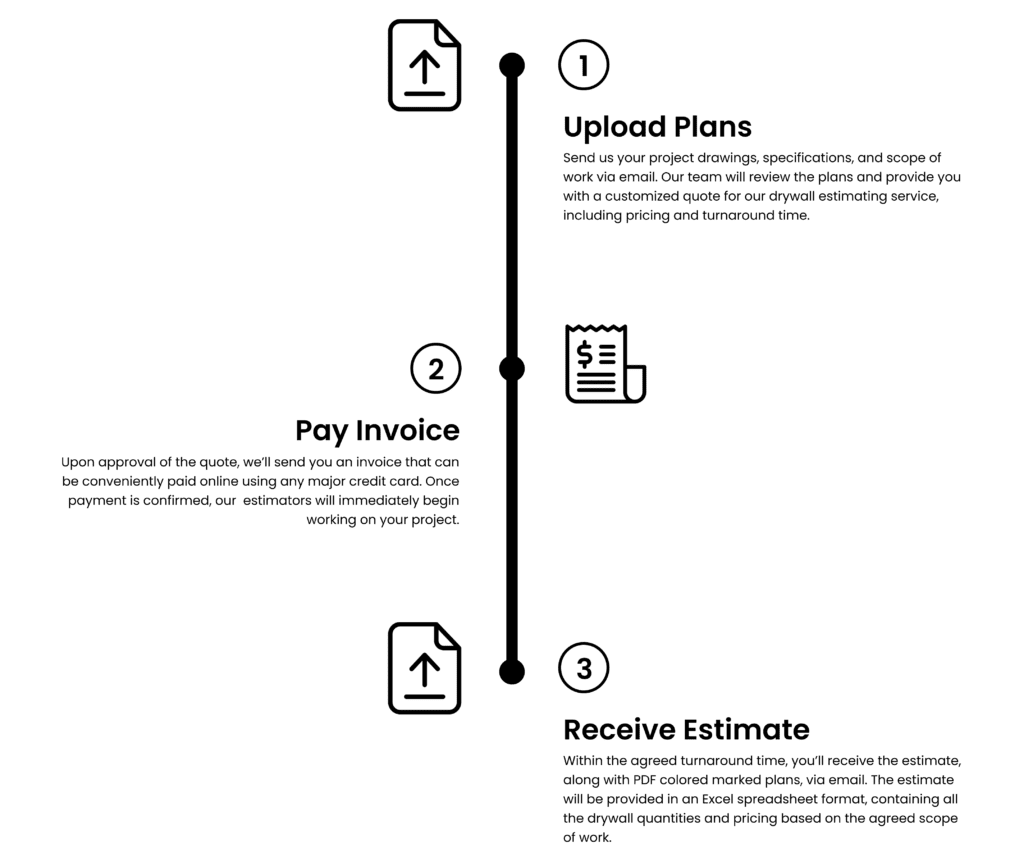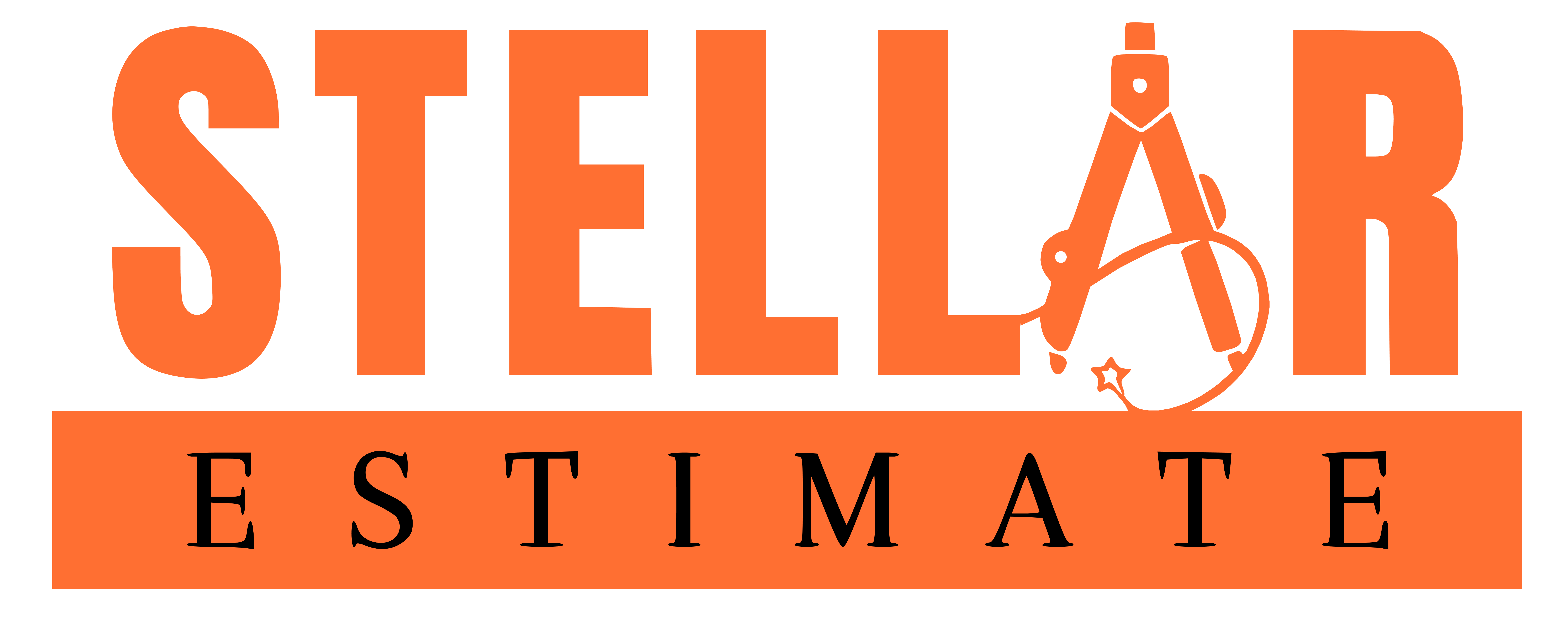Top Construction Trends in California: What Estimators Need to Know for 2024
As one of the largest and most dynamic construction markets in the United States, California continually evolves with emerging trends that impact project costs, timelines, and methodologies. For construction estimators, staying ahead of these trends is crucial to delivering accurate and competitive estimates. In 2024, several key trends are expected to shape the California construction landscape. This article delves into these trends and their implications for construction estimators.

1. Surge in Green Building and Sustainability Initiatives
Impact on Costs and Timelines:
- Material Selection: Sustainable construction often requires the use of eco-friendly and recycled materials, which can be more expensive and have longer lead times. Estimators need to account for these costs and sourcing challenges.
- Energy Efficiency Measures: Projects increasingly incorporate energy-efficient systems and designs, such as solar panels and high-performance insulation. While these elements can add upfront costs, they may offer long-term savings and incentives.
- Certifications and Compliance: Achieving certifications like LEED or adhering to California’s stringent Title 24 energy standards can involve additional planning and documentation, potentially extending project timelines.
Strategies for Estimators:
- Incorporate sustainable materials and technologies early in the estimation process.
- Stay updated on available green incentives and rebates that can offset costs.
- Work closely with suppliers to understand the availability and pricing of eco-friendly materials.
2. Increased Adoption of Modular and Prefabricated Construction
Impact on Costs and Timelines:
- Cost Efficiency: Modular and prefabricated construction can reduce labor costs and construction waste, leading to overall savings. However, the initial investment in factory setup and logistics must be considered.
- Speed of Construction: Prefabrication allows for parallel construction processes—manufacturing components offsite while site preparation occurs—significantly shortening project timelines.
- Transportation Costs: Transporting prefabricated modules to the site can add logistical costs, especially for remote or urban locations with limited access.
Strategies for Estimators:
- Evaluate the cost-benefit analysis of modular construction versus traditional methods for each project.
- Factor in transportation and assembly costs for prefabricated components.
- Collaborate with modular construction firms to understand their pricing structures and timelines.
3. Emphasis on Resilience and Disaster-Preparedness
Impact on Costs and Timelines:
- Seismic and Fire-Resistant Designs: California’s susceptibility to earthquakes and wildfires necessitates resilient building designs, which can increase construction costs due to specialized materials and engineering.
- Insurance and Compliance Costs: Higher insurance premiums and compliance with updated building codes aimed at disaster preparedness can add to the overall project budget.
- Extended Planning Phases: Additional planning and design phases may be required to meet resilience standards, potentially extending project timelines.
Strategies for Estimators:
- Include costs for enhanced structural systems and fire-resistant materials in estimates.
- Consider potential savings from reduced insurance costs and increased building longevity.
- Stay informed about changes in local building codes related to disaster preparedness.
4. Labor Market Challenges and Workforce Development
Impact on Costs and Timelines:
- Labor Shortages: A shortage of skilled labor can drive up wages and extend project timelines due to delays in finding qualified workers.
- Training and Safety: Investment in training programs and safety measures is critical to maintaining a skilled workforce, contributing to additional costs.
- Subcontractor Availability: Limited availability of specialized subcontractors can affect project scheduling and cost.
Strategies for Estimators:
- Anticipate higher labor costs and potential delays due to workforce shortages.
- Invest in relationships with reliable subcontractors and explore long-term contracts to secure their services.
- Consider the benefits of investing in workforce development programs to ensure a steady supply of skilled labor.
5. Technological Advancements in Construction
Impact on Costs and Timelines:
- Investment in Technology: Incorporating technologies like Building Information Modeling (BIM), drones, and construction management software can involve significant upfront costs but offer long-term efficiency gains.
- Improved Accuracy and Efficiency: Technology can streamline project planning, reduce errors, and enhance communication, potentially shortening timelines and reducing costs.
- Training and Integration: Costs associated with training staff and integrating new technologies into existing workflows must be considered.
Strategies for Estimators:
- Evaluate the long-term ROI of investing in new technologies for each project.
- Stay current with technological advancements and their cost implications.
- Factor in training and integration costs when adopting new tools and systems.
6. Rising Material Costs and Supply Chain Disruptions
Impact on Costs and Timelines:
- Fluctuating Prices: Global supply chain disruptions and inflation continue to drive up material costs. Estimators must anticipate these fluctuations and incorporate contingencies into their estimates.
- Lead Times: Delays in the supply chain can extend project timelines, particularly for critical materials.
- Sourcing Alternatives: Finding alternative suppliers or materials may be necessary to mitigate supply chain risks but could involve additional costs or quality considerations.
Strategies for Estimators:
- Include contingencies in estimates to account for material price volatility.
- Develop relationships with multiple suppliers to ensure flexibility and supply chain resilience.
- Explore the use of local or alternative materials to reduce dependency on global supply chains.
7. Focus on Affordable Housing and Community Development
Impact on Costs and Timelines:
- Government Incentives: Programs aimed at increasing affordable housing often come with financial incentives and subsidies, but they may also have stringent cost controls and timelines.
- Community Involvement: Projects that engage with community development may face additional planning and approval processes, impacting timelines and costs.
- Design and Materials: Affordable housing projects require cost-effective design solutions and materials that still meet quality and sustainability standards.
Strategies for Estimators:
- Leverage government incentives and subsidies to reduce project costs.
- Plan for extended community engagement and approval processes in project timelines.
- Focus on cost-effective yet durable and sustainable design solutions.
8. Urbanization and Mixed-Use Developments
Impact on Costs and Timelines:
- Complex Project Scope: Mixed-use developments, combining residential, commercial, and recreational spaces, involve complex planning and design, which can increase costs and extend timelines.
- Higher Land Costs: Urban projects often face higher land acquisition costs and may require demolition of existing structures.
- Infrastructure Requirements: These projects may also necessitate significant investments in infrastructure to support diverse uses and high population density.
Strategies for Estimators:
- Break down the project into phases to manage complex scope and timelines effectively.
- Factor in high land acquisition and infrastructure development costs in estimates.
- Collaborate with urban planners and stakeholders to streamline the approval process and align project goals.
9. Emphasis on Smart Buildings and IoT Integration
Impact on Costs and Timelines:
- Initial Investment: Implementing smart building technologies, such as automated systems and IoT integration, can involve significant upfront costs.
- Long-Term Savings: These technologies can lead to operational efficiencies and cost savings over the building’s lifecycle.
- Technical Expertise: Projects may require additional expertise and planning to integrate smart technologies effectively.
Strategies for Estimators:
- Assess the long-term value and potential savings of smart building investments.
- Include the costs for specialized technical expertise and systems integration.
- Plan for the potential need for ongoing maintenance and upgrades to smart systems.
10. Regulatory and Compliance Landscape
Impact on Costs and Timelines:
- Evolving Regulations: Constant updates to building codes, safety regulations, and environmental standards can introduce new compliance costs and extend project timelines.
- Documentation and Reporting: Projects may require detailed documentation and reporting to demonstrate compliance, adding to administrative costs.
- Fines and Penalties: Non-compliance with regulations can result in significant fines and project delays.
Strategies for Estimators:
- Stay updated on the latest regulatory changes and their cost implications.
- Allocate resources for comprehensive compliance management and reporting.
- Factor in potential costs for regulatory changes during the project lifecycle.
Conclusion
Navigating the California construction market in 2024 requires a keen understanding of emerging trends and their implications on project costs and timelines. By staying informed about these key trends—ranging from sustainability and technological advancements to regulatory changes and labor market dynamics—estimators can provide more accurate, competitive, and adaptable estimates. Embracing these insights will not only enhance the estimation process but also contribute to successful project execution in California’s diverse and rapidly evolving construction landscape
Unlock Exclusive Savings on Your Next Project!
Save 50% on Our Estimating Services for Your First 3 Projects!
Offer valid on first 3 projects submitted. Terms apply.
Steps to Get Started

